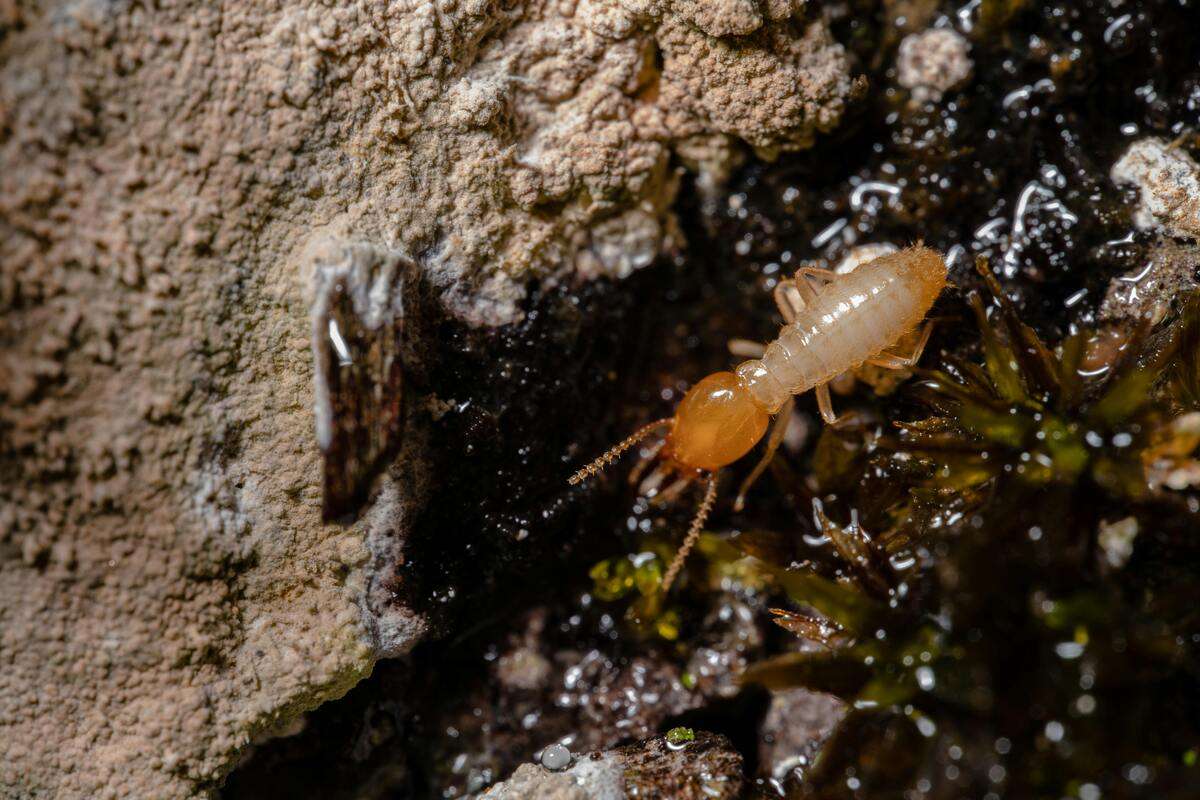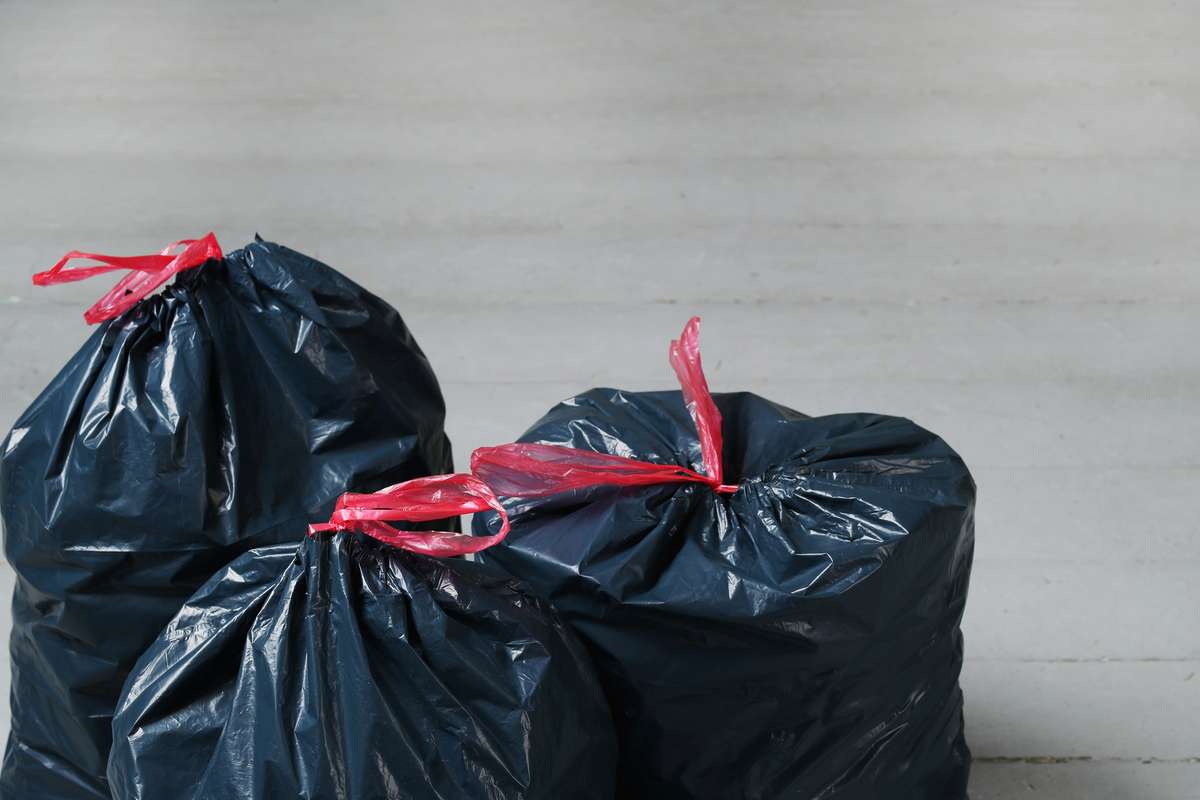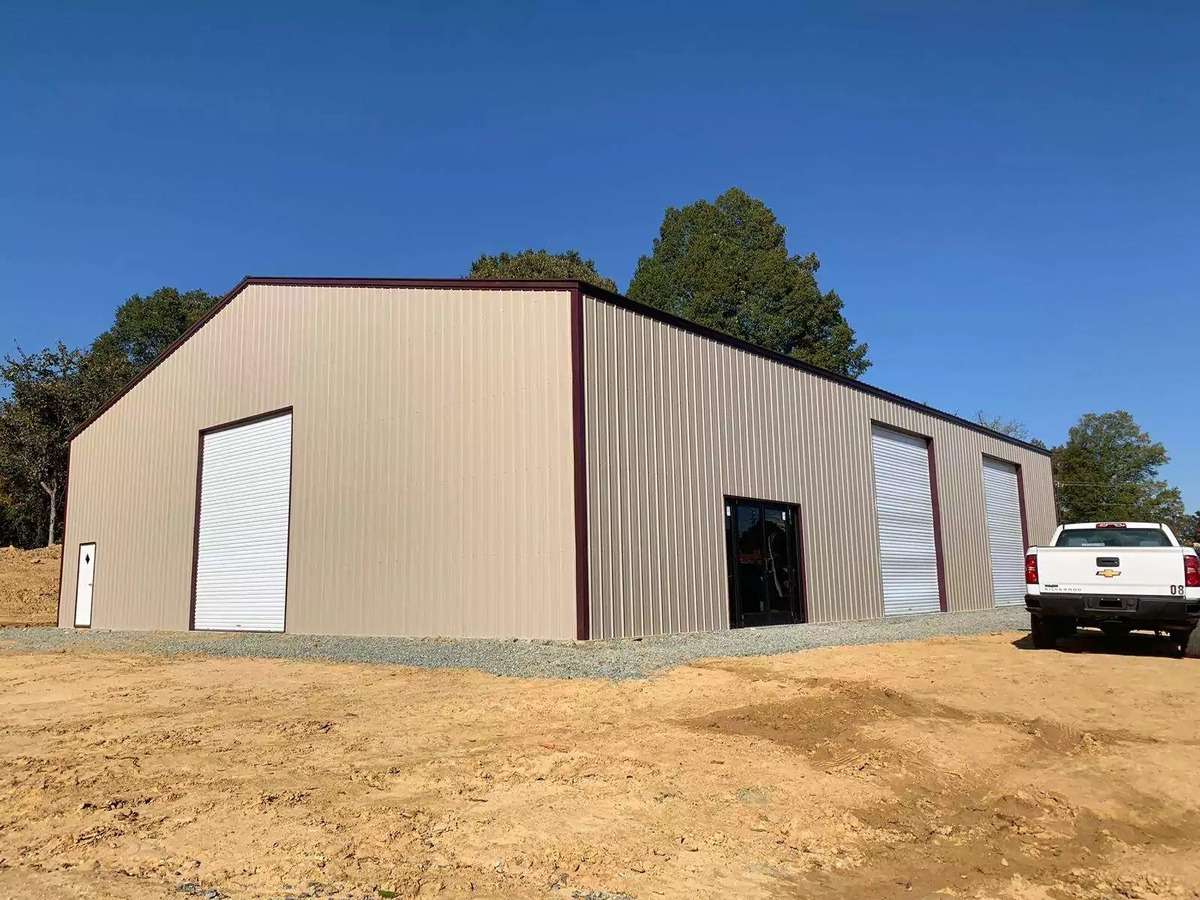Steel buildings are gaining recognition for their superior pest resistance, offering a more reliable solution compared to traditional wood structures. Pests such as termites, rodents, and insects often target wood, causing extensive damage that weakens the building’s framework. In contrast, steel’s inorganic composition makes it highly resistant to pest intrusion, eliminating the need for chemical treatments. This durability ensures that steel buildings remain structurally sound, minimizing long-term maintenance costs. For property owners aiming to protect their investments and reduce pest-related risks, steel construction stands out as a smart, long-lasting choice.

Why Steel Building Materials Are the Key to a Stronger, More Durable Structure
Selecting the ideal construction material is essential for ensuring the durability and resilience of any building. While wood has been a preferred option for many years, it presents several vulnerabilities that can impact its structural integrity. One of the most notable risks is the potential for damage caused by pests, which can compromise the safety and stability of wood-based structures over time.
Insects like termites and cockroaches, as well as larger pests such as rats and mice, pose serious threats to wooden buildings. Termites can tunnel through wooden beams, weakening the framework of the structure. Rodents introduce health hazards by spreading diseases through their droppings, while insects can infest and create long-term problems. Although pest control measures are available, not all materials are equally resistant to infestations, making it critical to choose wisely.
For those seeking a construction material that offers lasting protection, a steel building is an excellent choice. Steel structures provide exceptional resistance not only to severe weather and environmental factors but also to pests. Unlike wood, steel is impervious to insect damage and rodents, ensuring your building stays intact and pest-free for years. If minimizing pest risks and maximizing structural integrity are priorities, steel buildings stand out as the most reliable solution.

Steel Building: A Durable Solution Against Large Pests
Large pests, such as rodents, squirrels, birds, and raccoons, actively search for warm shelter during colder months. Traditional wood structures often fall victim to these creatures, as they can easily gnaw through wooden walls and create entry points. In contrast, steel buildings offer enhanced resistance against such intrusions due to their robust, durable composition. These pests are far less likely to chew through steel, minimizing the risk of infestation and structural damage.
Additionally, the strength of steel provides a higher level of security by preventing entry through walls, cracks, or rooflines. Unlike wood, which deteriorates over time, steel maintains its integrity, further reducing weak points that attract wildlife. This makes steel buildings a long-term solution for pest control, ensuring your property stays secure year-round.

Avoid Costly Termite and Pest Infestations With a Steel Building
A significant benefit of using steel building materials is their natural resistance to termites, a feature that eliminates many long-term maintenance concerns. Steel’s inorganic properties make it an ideal choice for anyone looking to prevent pest damage without relying on chemical treatments.
Cellulose, a key element of wood, is the primary nutrient for termites. This carbohydrate converts into glucose within termites’ systems, providing essential energy to sustain their activities. Since wood contains cellulose, it naturally attracts termites, making wooden structures vulnerable to infestations.
In cases where termites invade a wooden building, owners often have no alternative but to rely on pest control treatments. Unfortunately, these solutions involve toxic chemicals that can endanger human health and pets, creating additional risks beyond the infestation itself. Avoiding chemical use inside a building is another reason why opting for steel is a more practical and safer alternative.
Steel, unlike wood, lacks any cellulose content, rendering it inedible to termites. In fact, steel building materials, including roofing, framing, and siding, are entirely inorganic and impervious to pest attacks. With no food source available, termites will not target a steel structure, leaving it intact and secure from any structural damage that termites might otherwise cause.
Pest damage can lead to extensive repairs and expensive losses, but choosing steel ensures long-lasting protection. By investing in a steel building, owners can reduce maintenance costs while eliminating the risks associated with termite infestations.
Additionally, other common pests that thrive in wooden structures are much less likely to infest steel, including:
- Carpenter Ants – These ants create hollow tunnels in wood, weakening the integrity of the structure over time.
- Powderpost Beetles – A species that feeds on certain types of wood, reducing it to powder-like dust and causing substantial damage.
- Carpenter Bees – These insects bore into plant material, including wood, and can cause severe property damage through their burrowing activities.
With steel construction, the likelihood of these pests taking over is drastically reduced, providing peace of mind and long-term savings. A steel building offers a durable, pest-resistant solution that ensures stability and helps avoid chemical treatments and costly repairs over the years.

Effective Ways to Pest-Proof Your Steel Building
Although pests are generally less likely to infest a steel building compared to wood structures, the risk is not completely eliminated. Spiders, flies, and other harmless insects can still find their way inside if preventative measures are not taken. Agricultural and storage buildings, in particular, attract pests if cleanliness, moisture levels, and outdoor maintenance are neglected.
Pest-proofing your steel building is straightforward and cost-effective, requiring minimal effort but providing long-term benefits. A pest-free environment ensures your stored goods, livestock, vehicles, and equipment remain undamaged and usable. Whether you are safeguarding personal items or agricultural assets, keeping pests at bay protects your investments from contamination and structural issues.
For those concerned about pest intrusion, the following practices will further secure your steel building:
- Eliminate food and paper waste: Avoid leaving scraps behind that could attract pests.
- Dispose of garbage regularly: Frequent trash removal reduces potential nesting sites.
- Store feed and seed properly: Keep bags of animal feed or seeds sealed and off the ground.
- Maintain a clean interior: Regular cleaning prevents the buildup of pest-attracting debris.
- Repair leaks promptly: Fix leaks immediately to prevent standing water and reduce moisture.
- Control humidity levels: Use insulation or ventilation to avoid condensation build-up.
- Seal all gaps and cracks: Inspect walls, doors, and windows regularly and close off entry points.
- Install proper door and window seals: Ensure that all seals are tight to block pest access.
- Manage outdoor landscaping: Trim back bushes or plants that touch the building’s exterior.
- Limit nighttime lighting: Turn off outdoor lights to reduce insect activity around your building.
By following these practical steps, you can significantly minimize the risk of pests taking shelter in your steel building. Keeping pests away will not only maintain the hygiene of your space but also prevent infestations by common rodents and insects, such as cockroaches, moths, and mice.
Conclusion
Choosing a steel building offers a practical, cost-effective solution to prevent pest infestations, ensuring long-term structural stability. Steel’s inorganic composition makes it naturally resistant to termites, rodents, and other pests that typically damage wooden structures. Without the need for chemical treatments, steel buildings help property owners avoid potential health risks while reducing maintenance costs. By investing in steel structures, owners can enjoy peace of mind knowing their buildings are safeguarded against pests and costly repairs. Additionally, implementing preventive maintenance—such as sealing cracks, managing moisture, and maintaining cleanliness—further enhances the building’s defense against minor pests.
For those seeking a high-quality, pest-resistant structure, Prestige Steel Structures provides exceptional steel building solutions that stand the test of time. From barns to storage facilities and custom metal buildings, our steel constructions are built to protect your investments while minimizing pest-related risks.
Frequently Asked Questions
Can termites damage steel buildings?
No, termites cannot damage steel buildings because steel lacks cellulose, which is essential for termite survival. Since termites feed on wood and plant-based materials, they have no interest in steel structures.
What pests are steel buildings resistant to?
Steel buildings are highly resistant to termites, rodents, carpenter ants, carpenter bees, and powderpost beetles. These pests prefer wood structures but cannot penetrate or damage steel components, making steel an excellent choice for pest prevention.
Do I still need pest control for a steel building?
While steel buildings resist major pests, minor insects like spiders, flies, and moths can still enter. Regular cleaning, sealing cracks, and controlling humidity can prevent these pests from becoming a problem.
How can I prevent rodents from entering my steel building?
Rodents can sneak through small gaps. To keep them out, inspect the building regularly for cracks or openings, install proper door and window seals, store food securely, and dispose of garbage promptly.
Are steel buildings more expensive than wood structures?
Although steel buildings may involve higher upfront costs, their durability and pest resistance significantly reduce maintenance, repair, and pest control expenses, making them cost-effective in the long term.
What is the best way to seal a steel building to prevent pests?
Use weatherproof caulk or sealants around windows, doors, and any joints. Make sure door sweeps are installed properly, and inspect walls regularly for gaps or cracks that pests could use as entry points.
Do steel buildings require chemical treatments for pest control?
No, steel buildings do not require chemical pest treatments because they are naturally pest-resistant. This eliminates the need for toxic chemicals, reducing health risks to people, pets, and livestock.


